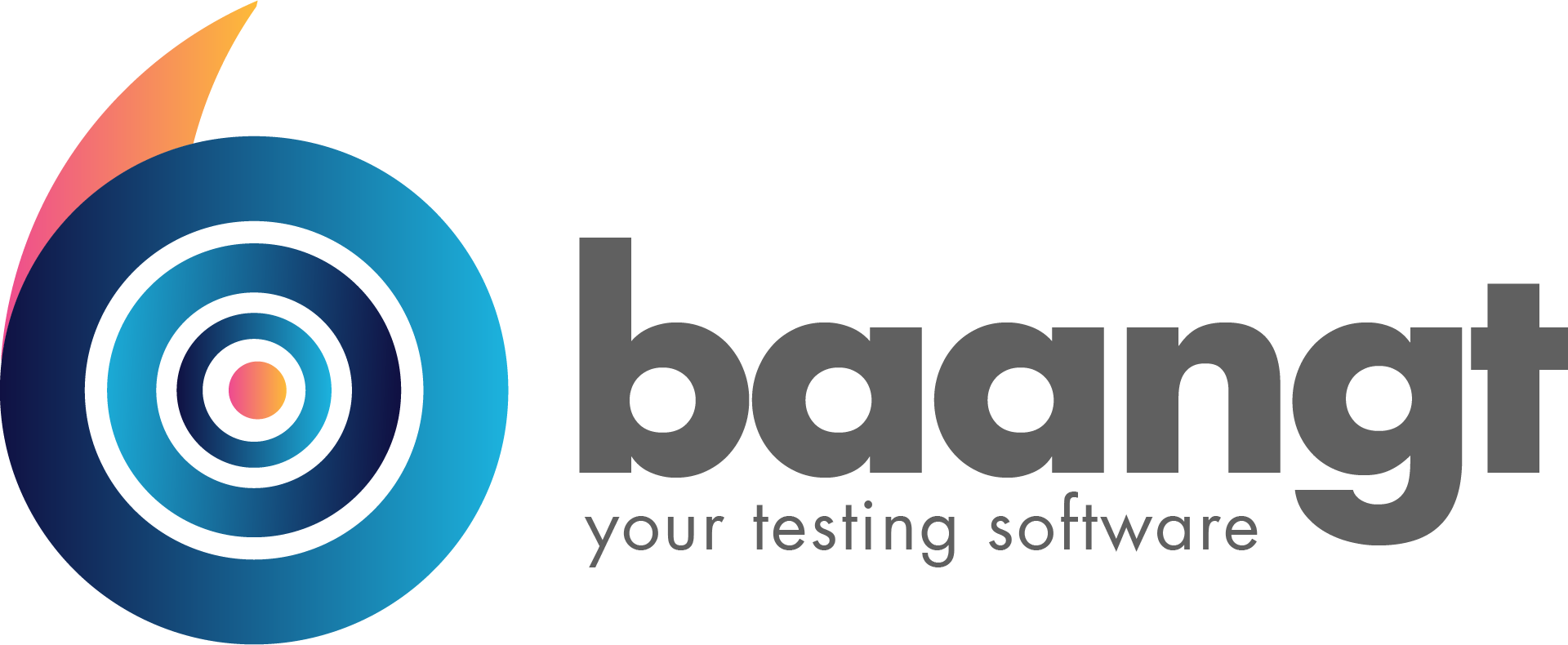While executing automated test cases with baangt is fun, sooner or later you’ll run masses of test cases in background or headless mode. You’ll start them in parallel, many difference sequences and test cases will be executed – either on your computer or in your own grid, like Selenium Grid – Test Automation at it’s best! Maybe you’ll integrate baangt into your CD/CI-Pipeline to execute automated test cases automatically during build and deployment phases.
Or maybe your manager or your business department wants to be informed about test results of regression tests, that you run manually.
There are a lot of scenarios, where you’d like additionally to the excellence of execution also some enhanced communication skills of your favorite test automation suite. baangt has you covered by providing multiple communication channels out of the box.
- Microsoft Teams Channel
- Slack Channel
- Confluence Pages
- Telegram Channel
Each of those methods works on Mac, Windows and Linux and of course in our ready-to-run Docker images.
How to setup a test run to export the result to Microsoft Teams, Slack or Telegram channel
In your globals file, chose “Add More (parameters)” and chose the parameter “MS Team” and/or “Slack” and/or “Telegram”. In the new parameter fill in the URL of the Channel, in which you want to receive notifications about test run results (e.g. Success-Rate, Error-Rate, Duration and much more).
How to setup a test run to export the result to a Confluence WIKI page
Yeah, you read that right! Full support of Atlassian Confluence API out of the box for free! This is a feature which most of the expensive (and complex) test automation suites don’t provide – let alone for free.
In your test run add the following parameters via the “Add More (Parameters)”-Button:
- Confluence-Base-URL: This is the address of the Confluence root installation (e.g. http://acme.org/confluence/)
- Confluence-Space: In which Space-Name inside Confluence you want the pages to appear
- Confluence-Username and Confluence-Password: use RENV_(<environment-variable>) Syntax to not store your password in clear text, if you’re not working along. Hey… if you’re working alone AND you can afford your own Confluence AND you need baangt: I’d love to hear all about you!
- Confluence-Rootpage: This is the numeric ID of the parent page, where you want your export results to be posted to
- Confluence-Pagetitle: The page title for the export. As page titles in each Confluence space need to be unique, this is a bit a tough one. Either you let it empty in order to be filled with a timestamp or you’ll have to change it manually each time you start a test run OR you can fire up your coding skills and write either a plugin or a subclass.
That’s it. As you execute the test run, it will create a new page under the root-page. In this page you’ll find the main parameters of the test run (e.g. duration, testcases OK, testcases paused, testcases failed, Export file name and much more. Now sit tight. That’s not all! That’s maybe as far as other, paid (!) test automation packages will got. baangt has more: This page will have a child page showing all the test case iterations with all fields, that you defined in the test run definition as a nicely layouted confluence table.
Additional options for fine tuning Atlassian Confluence reporting
Additionally you can fine-tune your result using these parameters:
- Confluence-UploadOriginalFile: Whether or not you want to also upload the Output-XLSX to the page
- Confluence-Remove_Headers: If you don’t want to export ALL columns, that you’d store in the export file (usually we only export the most most important columns to Confluence-Pages to keep them visually attracting), here’s the place to mention columns, that shall not be exported into the confluence detail page
- Confluence-CreateSubPagesForEachCountEntries: Set this value to e.g. 100 and baangt will create new sub pages for each 100 entries of your result file. Why you’d want that? Well… Create a test run with 1000 entries and 40 columns. Then open the Confluence Page and count the seconds.
Olden but golden: E-Mail from your favorite test automation software baangt
Many hate E-Mail for it’s disadvantages. Nevertheless the ability for fast, asynchronous communication with virtually unlimited participants has transformed work and private life since it’s invention. To send E-Mails from a test run, simply add the parameter “Receipients” via the “Add More (Parameters)” button. Then enter E-Mail addresses. Simple like that. E-Mails will be sent from info@baangt.org – no need to mess around with configurations.
The next level: Project wide setup
Now this is all great and gives you the option to fine-tune, how every single test run communicates it’s result to the world. Depending on your setup you might want an option to define the communication strategy not on Test run but for a whole project/installation. If this is the case, head over to the INI-Directory and maintain mail.ini with the settings (E-Mail, Slack channel, Microsoft Teams, Telegram channel).
Exceptions
Yes, even when you do have a project/installation wide setting, you might want to have exceptions – either temporarily or permanent – for single test runs. Settings of the test run will overwrite settings from mail.ini.
Wrap-up – test automation with fine communication skills
In this short article you learned, how simple it is to go way beyond test case management and execution and spread the word to different communication channels. Remember baangt is free and open source software. No freemium, no vendor lock-in, no license costs. Everybody in your organization can start test automation today. Test Automation helps to reduce TCO, increase quality of the software and enables short deployment cycles – especially when integrated into the CD/CI-Pipeline.
Questions? Suggestions? Either comment here or send your request to info@baangt.org – we’ll be in touch.


Recent Comments